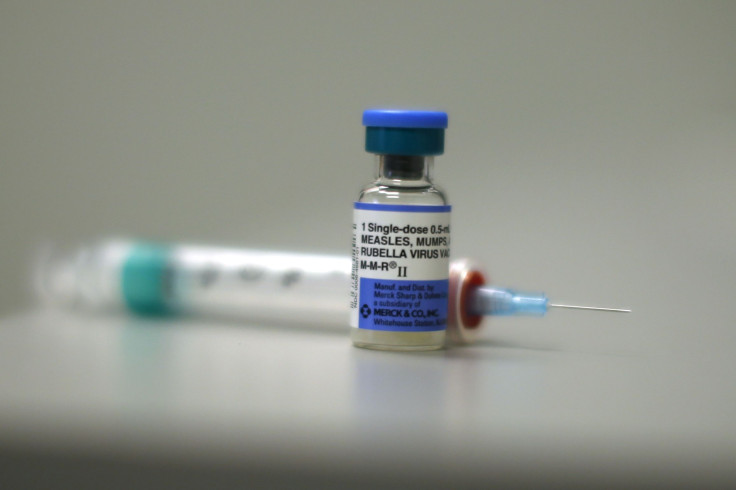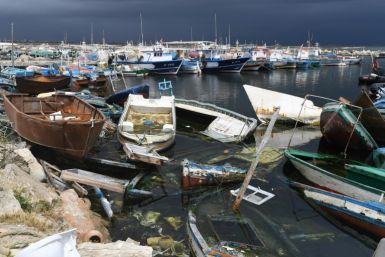German Measles Completely Eradicated In North, South Americas

Rubella, or more commonly known as German Measles is officially eliminated in the North and South Americas. These regions are the firsts in the world to declare that they are indeed free of the disease.
According to the Pan American Health Organization, or PAHO, not a single case of Rubella had been reported to originate from the Americas in the last five years. The only cases existing in the said regions at present are those that came from other countries. With this, the agency, which is a part of the World health Organisation, or WHO said that the specified period of time mentioned is ample in declaring the Americas rubella-free. “This is a historic achievement for the Americas," said Dr. Carissa Etienne, director of PAHO.
Rubella is a disease caused by a viral pathogen that is transmitted via coughing or sneezing. The disease is characterised by a low grade fever and a rash that lasts for three days on the average. Although it may seem uncomplicated for ordinary people, pregnant women who acquire the disease have high risks of delivering to a child with birth defects. In the mid-1960’s, the incidence of infant mortality and morbidity due to rubella-related birth defects shoot up to thousands in the United States.
In 1969, the first licensure of vaccines against rubella took place. It has then become part of the recommended immunisation programs all over the world. With the help of these vaccination campaigns, which target both measles and German measles, the United States became rubella-free in 2004. The last case of rubella in the Americas occurred in Argentina in 2009.
According to Dr. Susan Reef of the Centres for Disease Control and Prevention, or CDC, the vaccine for rubella is more effective compared to that of measles’. Furthermore, measles is more difficult to eradicate as the time with which the disease is transmitted is shorter.
To contact the writer, email rinadocto00@gmail.com






